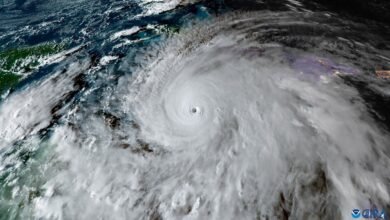Living on the Edge: Bolivia’s death-defying urban homes

Living on the Edge: Bolivia’s death-defying urban homes
Nestled in the Andes mountains, Bolivia’s urban hubs of La Paz and El Alto are feats of human tenacity. But beneath the surface lies a fragile balance between nature and human settlement. At an altitude of more than 3,500 metres, these cities face unique challenges. Their haphazard urban sprawl is built atop unstable soils criss-crossed by over 300 rivers and streams. Heavy rains, frequent in the region, exacerbate the risks, triggering devastating landslides that regularly threaten homes and lives.
In the bustling La Ceja area of El Alto, markets cling to the edges of cliffs. Vendors and buyers navigate this precarious environment daily, with coca leaf reading rooms and makeshift stalls lining paths that seem to drop into the abyss. Despite the danger, the vibrancy of life persists, even as the ground beneath threatens to give way.
In the Irpavi II neighbourhood of La Paz, the damage is undeniable. Houses lie in ruins along the banks of the Irpavi River, victims of soil erosion and relentless rains. The Valle de las Flores area tells a similar story, where collapsed homes stand as sobering symbols of nature’s unforgiving power. Nearly one in five registered properties across these urban areas fall into high or very high-risk zones, according to municipal data.
This photo series captures not just the destruction but the daily lives of people who continue to persevere in the face of danger. From damaged homes to precariously perched markets, these images reveal the strength of communities determined to thrive, even when their surroundings defy them.
As urban expansion meets the reality of unstable terrain, the question remains — how long can this balance hold?
Source link



